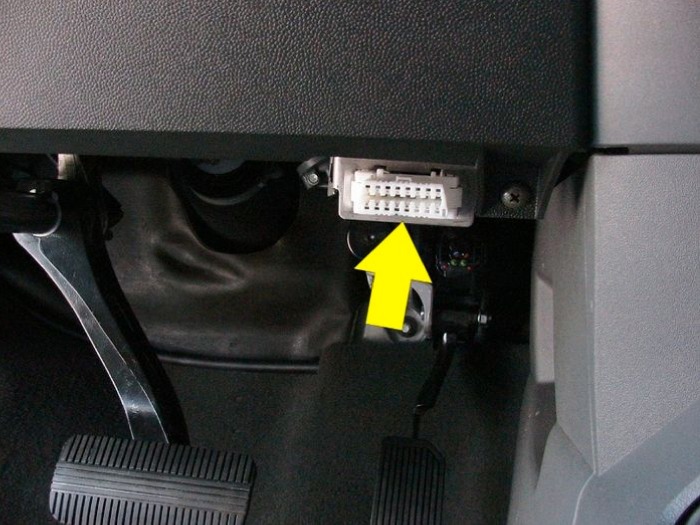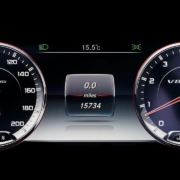Maximizing Horsepower and Torque: The Science Behind Plug-In Performance Chips
When it comes to squeezing out every ounce of power from an engine, aftermarket solutions have always played a significant role. Plug-in performance chips, also known as tuning chips or power modules, have gained traction as a viable option for boosting horsepower and torque without complex modifications. Let’s dive into the fundamentals of horsepower and torque before we explore the technology behind these chips.
Understanding Horsepower and Torque
Before delving into the intricacies of plug-in performance chips, it’s essential to grasp the basics of horsepower and torque. Horsepower refers to the measurement of an engine’s power output, indicating how quickly it can perform work. Torque, on the other hand, represents the rotational force produced by the engine. Balancing these two factors is crucial for optimal performance.
The Role of Engine Control Unit (ECU)
The heart of modern vehicle performance lies in the Engine Control Unit, or ECU. This onboard computer manages various aspects of the engine, including fuel injection, ignition timing, and air-fuel ratio. A plug-in performance chip interacts with the ECU to optimize these parameters, thereby unlocking hidden potential.
 Plug-In Performance Chips: Unveiling the Technology
Plug-In Performance Chips: Unveiling the Technology
Plug-in performance chips are compact electronic devices designed to enhance the performance of a vehicle’s engine. They work by modifying the signals sent between the ECU and the engine components. By recalibrating these signals, the chips can unleash extra power that manufacturers often leave untapped for reliability and emissions concerns.
How Plug-In Chips Enhance Performance
The magic of plug-in chips lies in their ability to optimize the engine’s parameters. They can adjust the air-fuel mixture, ignition timing, and turbocharger boost pressure. These adjustments lead to improved combustion efficiency, ultimately resulting in increased horsepower and torque figures.
Benefits of Using Plug-In Performance Chips
- Easy Installation: Installing a plug-in chip is typically a straightforward process, often requiring only basic tools.
- Reversibility: Most chips can be easily removed, returning the vehicle to its stock configuration.
- Instant Power: Performance gains are often noticeable immediately, delivering a more exhilarating driving experience.
- Compatibility: These chips are designed to work with a wide range of vehicle makes and models.
- Potential Fuel Efficiency: Some chips can optimize fuel delivery, leading to improved mileage alongside enhanced power.
Fine-Tuning and Customization
Some plug-in performance chips offer the option for fine-tuning and customization. This allows enthusiasts to tailor the performance to their preferences. Fine-tuning can involve adjusting parameters like boost pressure, throttle response, and shift points.
Real-World Performance Gains: Case Studies
Numerous enthusiasts have documented their experiences with plug-in performance chips. One such case involves a stock sedan gaining a noticeable 15% increase in horsepower and torque after installing a reputable chip. These real-world results highlight the potential of these chips to deliver tangible improvements.
Potential Drawbacks and Risks
- Engine Stress: Aggressive tuning can place additional stress on the engine components, potentially leading to premature wear.
- Compatibility Issues: Some chips may not work optimally with certain engine configurations.
- Tuning Errors: Incorrect tuning could lead to decreased performance, poor fuel efficiency, or even engine damage.
Comparison with Other Performance Upgrades
While plug-in chips offer convenience and noticeable gains, they’re not the only route to enhanced performance. Other upgrades like exhaust systems, turbochargers, and engine remapping can also deliver substantial power boosts.
Debunking Common Myths
Myth 1: Plug-in chips damage engines.
Reality: When installed and used correctly, reputable chips are designed to improve engine performance without causing damage.
Myth 2: Chips always void warranties.
Reality: Some chips won’t affect warranties, but it’s crucial to verify with your manufacturer.
Maintenance and Longevity
Maintenance requirements for plug-in chips are minimal. Regular vehicle maintenance, including chip inspection, ensures optimal performance. Chips are designed to be durable, but it’s essential to choose a quality product from a trusted manufacturer.
The Future of Plug-In Performance Chips
As technology advances, plug-in performance chips are likely to become even more sophisticated. With improved compatibility, customization options, and integration with hybrid and electric powertrains, the future looks promising for enthusiasts seeking enhanced driving experiences.
Conclusion
Plug-in performance chips represent a remarkable fusion of technology and automotive enthusiasm. With the potential to unlock hidden power and torque, these chips provide an accessible pathway to maximizing a vehicle’s performance. By understanding the science behind these chips and considering the factors involved, enthusiasts can confidently embark on a journey to experience exhilarating driving dynamics.















Leave a Reply
Want to join the discussion?Feel free to contribute!